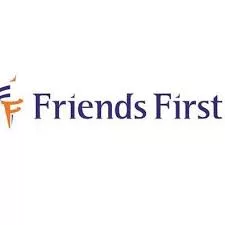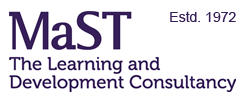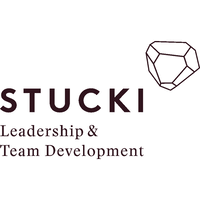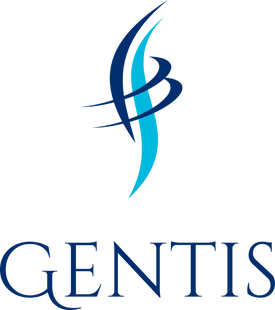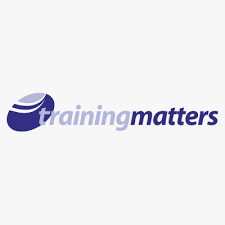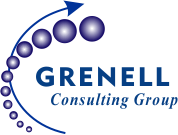In training internal auditors and building auditor-skill programmes, we often focus on the mechanics: process flows, criteria, checklists, documentation, and follow-up.
That’s vital.
But let’s lift our view for a moment and talk about a deeper layer — the human, relational, meaning-filled dimension that turns “audit as compliance” into “audit as a force for growth”.
Similarly, research shows that spirituality — defined broadly as a connection to something larger than oneself, meaning, and purpose — supports both physical and mental health. We can apply this idea to auditor training. For example:
- Studies show that when people feel more connected, purposeful, and aligned, their stress levels decrease, their resilience increases, and their performance improves.
- The article you asked me to study emphasised how spiritual connection fosters inner peace, clarity, and better habits.
- In the training room, when learners feel “this matters, I’m connected to what I’m doing, it’s not just ticking a box”, they show up differently — more engaged, more open to change, more willing to embed learning.
So: What would it look like if you designed your auditor-skills training not just to teach how to audit, but to awaken why audits matter—and who the auditor is in relation to the system, to people, to improvement? That’s where feedback and meaningful training materials come in.
Why Feedback & Holistic Training Matter For Auditor Skills
1. From “just checking” to “creating value”.
Too often, audits are seen as a tick-box or enforcement mechanism. But if you shift the language to “auditing for insight, improvement, and connection”, you invite a different mindset. The training materials become not just about finding non-conformances, but about nurturing continuous improvement, organizational clarity, and engagement.
2. Building the auditor as a contributor, not just an inspector.
When you incorporate feedback (from peers, auditee, lead auditor, and self-reflection), you support the auditor in seeing their role in a richer, more comprehensive way. They don’t just “find problems” — they help systems, people, and processes move ahead.
This aligns with the research on meaning and connection: when people perceive their work as meaningful, they respond with higher motivation and better outcomes.
3. Embedding habits rather than one-off knowledge transfer.
In the spiritual/health article, the key message is: rhythm matters. Small daily or regular practices build connection. In auditor training, you can embed rhythms, including pre-audit reflections, audit debriefs, peer feedback loops, and follow-up check-ins.
These habits embed the training into culture, rather than leaving it as a one-day event.
How the Oak Innovation “Auditor Skills Training Course Material for Trainers” Kit Supports This
If you’re looking for a ready-to-deliver program that helps you show up empowered, clear, and able to deliver the kind of auditor training that shifts culture, the kit from Oak Innovation is a perfect match. (Link here: Auditor Skills Training Course Material for Trainers )
Here are key features and how they tie to the feedback/meaningful training lens:
- It gives you the entire internal audit lifecycle: planning → execution → reporting → follow-up.
Meaningful application: You can map feedback loops at each stage, show how the auditor’s actions feed into the follow-up and improvement, not just the report. - The pack includes a high-quality instructor manual, workbook (65 pages), slide deck (87 slides), training games/icebreakers, tests, and marketing materials.
Meaningful application: Use the workbook and activities to engage auditors in self-reflection (e.g., “What does being a trusted auditor mean for me?”), peer feedback, and post-audit improvement plans. - It emphasises editable content. You can brand, tweak, and adapt to your context.
Meaningful application: This flexibility enables you to incorporate industry-specific auditor role profiles, integrate feedback templates (peer, auditee, lead auditor), and align with your organization’s purpose/values. - It highlights delivering with confidence, without the prep stress (“download, brand and go”).
Meaningful application: Trainers can focus on designing meaningful feedback loops and reflective habits rather than building the slide deck from scratch. - Although the materials are designed for a full-day workshop, you can adjust their duration as needed.
Meaningful application: You can structure a follow-up session (e.g., 30 days later) for feedback check-in, discussion of results, improvement planning. That embeds the rhythm.
How to Infuse the Connection-Inspired Lens into Your Auditor Training
Here are some practical ways to use the “connection-meaning-feedback” angle in your auditor skills course:
- Opening reflection
- Ask participants: “Why does auditing matter — to the people, to the organization, to you?”
- Invite them to write a short “auditor purpose statement” (What do I stand for in this role?).
- This taps the meaning layer.
- Incorporate feedback elements
- Build in peer observation or buddy audits: auditors audit/document each other’s processes and provide feedback.
- Use self-assessment and auditee feedback forms: After an audit, gather feedback from the auditee on how they felt about the audit, how clear the findings were, and how collaborative the process was.
- Make the follow-up part of the audit cycle: “What will I improve next time, based on feedback?”.
- Embed rhythm and continuity.
- After the workshop, schedule a check-in (online or in-person) 30 days later to see how auditors are applying what they learned, what feedback they have, and what improvements they have made.
- Encourage auditors to keep a “learning journal” or log of audits, documenting what worked, what didn’t, and what they’ll change next time.
- Link auditor work to broader value
- Use case studies to demonstrate how a rigorous audit identified a key improvement that saved costs, improved safety, and increased customer satisfaction.
- Connect the audit role to the organisation’s purpose and culture. When people feel their work aligns with something bigger, engagement rises.
- Use the trainer kit as your foundation—and customise
- Use the Oak Innovation kit’s slide deck/workbook as your base. Customize the intro to include “auditing as purpose and improvement,” not just “compliance check”.
- Add a feedback template (peer/self/auditee) into the workbook.
- Include a closing activity: “My audit improvement plan: what I commit to do in the next 90 days and how I’ll gather feedback”.
Wrapping Up
When you design auditor skills training with both the ‘how’ and the ‘why’ in mind, you enable a more profound shift, you move auditors from being procedural operators to being trusted partners in improvement, equipped to lead with clarity, connection and confidence.
By introducing auditing, you foster a culture of continuous reflection and growth—just as research shows that when individuals connect to purpose, community, and meaning, their outcomes improve.
If you’re ready to cut the overwhelming prep, show up prepared to deliver, and embed real-world change, check out the workshop pack from Oak Innovation here: Auditor Skills Training Course Material for Trainers.

























